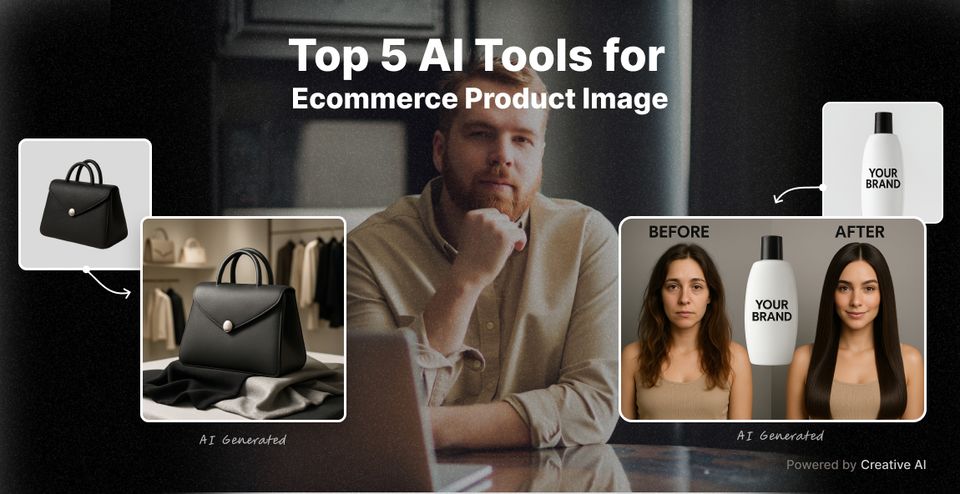User experience is one of the most important aspects pertaining to any sort of online presence an organisation might have. User experience will define how well your online touchpoints are being received by your audience. UX designers have been at the core of designing websites and other online touchpoints. To press the importance of good UX design, consider a statistic. According to a recent study, 88% of users will not return to a website after a bad user experience.
But in this article, we find the answer to one question that has been asked time and time again. Should UX designers be allowed to engage in organisational changes? Until a few years back, the answer would have been a definite no. But the increasing complexity of design challenges has facilitated the creation of independent design firms to address this issue.
This article will go through the different facets of using UX design to bring the right kind of organisational change to your enterprise. Read on to know more.
An overview of UX strategies and how they’re reflected in your organisation
Before anything, let us first take a look at what User Experience really stands for. Well, UX refers to all the interaction a user has with your company, including your products and services. This encompasses every touchpoint your customers have with your brand and plays a major role in shaping the customer’s opinion about the organisation. A lack of proper UX design is not going to be well received by the target audience.
Just like UX requires you to understand your audience, organisational changes demand a similar level of understanding of your organisation’s functionality and other important aspects. You need to know the organisation’s goals, values, and what drives them. Only then can you trigger the organisational change process via UX strategies. This is where UX and organisational change intersect.
For an organisational change to be effective and seamless, the integration of UX in the change process is crucial. By determining your mission, vision, and strategic plans with the involvement of UX, it now becomes a shared value, and the entire system will work as one unit to achieve all the above plans. These statements are basically a very public declaration of what you as an organisation wish and strive to achieve.
Emphasising on UX in these statements and values will mould your entire organisational personality into one that cares about how your users and customers experience interaction with you.
Why is organisational change crucial?

“Change is the only constant in life.”
This saying isn’t simply limited to your personal life, but applies to your organisation’s digital transformation. Managing to perform a successful organisational change in tandem with a UX redesign will be beneficial for your organisation from the inside and the outside. On the inside, organisational change can boost employees’ morale, facilitating teamwork and job enrichment. On the outside, customer satisfaction and positive response will eventually increase business and ROI.
Your organisation will be in a constant state of evolution, learning and adapting to the latest technologies and procedures. Just to put things into perspective, here are some statistics that state the importance of organisational change.
- Your team is six times more likely to achieve all project objectives on time.
- Staying ahead of schedule will be five times more likely now.
- Chances of staying under or on budget are double now.
The Connection between UX and Organisational change management

You know what is change management, but do you know its connection with user experience?
The role of a UX designer is not only limited to imagination and execution of solutions. They now have to engage with professionals and muster up all their creativity to participate in a co-creation process. The last decade has seen the shift of design from products to services, in the same way, UX design has now shifted from simple interface design to process and organisational design.
But it is not all that straightforward. UX designers have to become one with their target persona, understand how their target audience works, thinks, their specific needs and requirements, and how your work can cater to their respective woes. UX designers can now use the power of design to completely shift the way companies work and organise themselves.
Now, as we discussed earlier, the bridge where UX and organisational change management (OCM) cross paths is people. Both UX and organisational change management entail working closely with people. There is a strong relevance between the basic principles of OCM and UX. Here are a few skills that are common between the two.
- Both involve surveys, interviews, focus groups and other research methodologies to understand the relevant pain points, gain points, concerns, etc.
- Active listening and empathy mapping of user groups.
- Clear communication strategies.
- Top-tier problem-solving skills to address people’s concerns and offer support.
3 ways UX strategies can transform your organisational culture
Transforming your business website
One of the most important aspects of OCM is transforming your website. By integrating UX skills, you can create a brand website that your users want and need and flow according to their likes and dislikes. Create accurate personas via user research, studies, and interviews, to build a website that’s more accessible, user-friendly, and aesthetically pleasing.
In fact, according to a recent study, over 75% of users take a call regarding the credibility of a website based on aesthetics. Therefore, remember that your aim is to give people what they want, not what you think they want. This can only be backed up by copious amounts of user research.
Transforming decision making
Data-driven research is extremely important in UX design
For example, when you design a website, you might design it with the mindset that you need to include all the possible details you could share about your business. But this is not always in line with what the users need. Extensive user research will put you in the shoes of the users themselves and help you make data-driven and accurate decisions about the key information you need to include in your website or app.
Transforming services
First, let’s understand what service design is. It basically involves planning and organising people, material components, communication, infrastructure, and other such facets of an organisation. This is done mainly to streamline the workflow and to improve the communication between your company and the client. To perform a change in services, you need to delve deep into understanding your clients’ needs.
You need to understand and analyse both the issue and the audience properly. So collectively, you will be bringing together staff from various facets of the organisation and leverage service design to co-create new services, or refine the older ones.
Transforming your overall culture
Your organisational culture is one of the biggest driving forces for your enterprise. It encompasses all the attitudes, behaviours, and values imbibed in your organisation. But how to transform overall culture?
Well, it isn’t going to be easy. Let’s try and understand a use case. For instance, you can have a small team or committee master a particular UX skill. Once they are comfortable with the skill, they can start conducting workshops for the rest. Eventually, this skill will spread through a large chunk of your company via rotating memberships of these workshops and has now transformed into something of value.
Final Thoughts
And that wraps up everything you need to know about using UX skills to drive organisational change. The principles of OCM and UX go hand in hand. If you use UX to push OCM and manage to do it successfully, nothing can stop your organisation from soaring.





